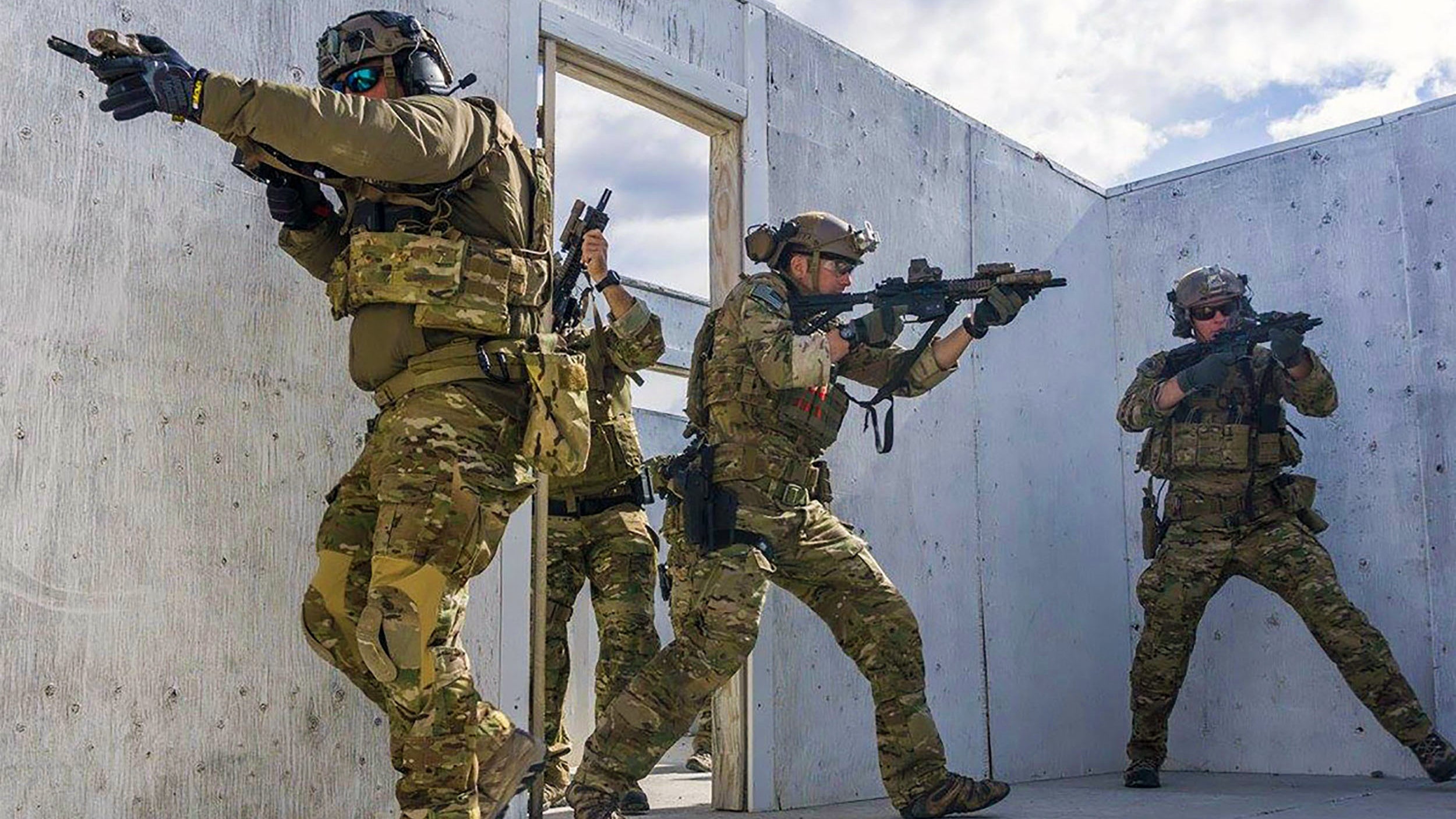Aggressive Competition Requires Creative Army Plans
Aggressive Competition Requires Creative Army Plans

As the Army continues to refine its Multi-Domain Operations concept, the service is seeking to start a conversation about what the future may look like—and what kind of world soldiers will find themselves operating in.
From a world where the U.S. and China compete for global primacy to a future of persistent instability and conflict, the Army must think “rigorously and creatively” about the future, Gen. Mike Murray, commanding general of Army Futures Command, writes in the foreword of a pamphlet produced by the command.
AFC Pamphlet 525-2, “Future Operational Environment: Forging the Future in an Uncertain World,” lays out four alternative views of the future out to 2050, their implications for the Army and how they might influence Army concepts, technology, material and training.
The pamphlet doesn’t try to predict what will happen but explores what could be.
In “The New Cold War,” a future with revolutionary technological innovation, the U.S. and China compete for global primacy. “Aggressive and active competition, rather than kinetic warfare, dominates the U.S.-China relationship,” according to the pamphlet.
In a future labeled “Ascending Powers,” there is persistent instability and conflict, with intense competition among several states and domestic political strife within the U.S. and China that consumes significant resources. The balance of economic power also has shifted, with the U.S. and China stagnating and emerging powers consolidating wealth critical to military growth.
Another scenario, called “Stable Competition,” in many ways resembles the world of today, according to the pamphlet. In this future, enduring economic and political effects of successive pandemics cause the U.S. to lose its position as sole superpower, while China ascends to superpower status because of its thriving economy.
Finally, rising and declining states compete with one another, regional rivals and even non-state actors for resources and influence in a future labeled “Clashing Coalitions.”
These four alternative futures offer “just a glimpse of what the future may hold” and are “neither definitive nor all-inclusive,” the pamphlet says, adding that there are no right answers because the world is “dynamic, uncertain and rapidly changing.”
In order to be successful, the Army must be able to “see the future as clearly as possible,” Murray writes. “We’re never going to be exactly right—and that’s OK—but we need a baseline to guide our thinking and decision-making.”
The pamphlet is available here.

